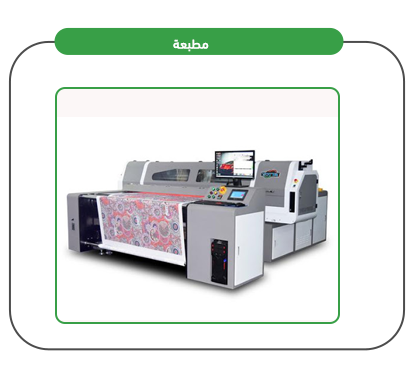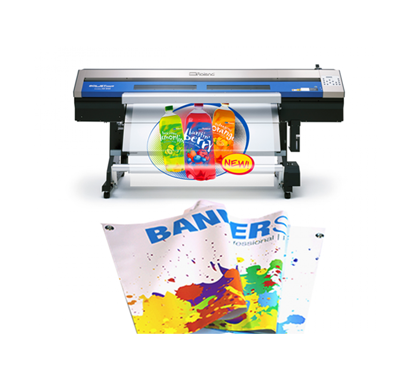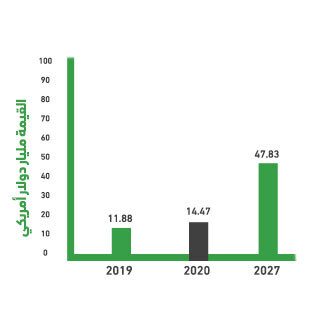Preparing a feasibility study for the printing project is a crucial step to ensure the success of the project and achieve its commercial goals. The study aims to analyze various aspects of the project, starting with identifying the target audiences, such as individuals, companies, and small and medium-sized enterprises. It also evaluates the demand for various printing services, analyzes competitors, and determines the market gap and the project’s share in it. The printing project offers advanced services that cover texts and images on different materials such as paper, fabric, plastic, and cardboard, using various techniques, including offset, flexo, and litho. The study highlights the importance of expanding the customer base and increasing growth opportunities, such as offering printing services on metals, wood, and unconventional materials. Additionally, the feasibility study helps determine operational costs and the resources required to ensure high-quality services at competitive prices. With the reliance on modern technologies and the increasing demand for printing services, the study indicates that the project represents a promising investment opportunity capable of achieving good financial returns and long-term sustainability.

The Printing Project offers advanced and flexible printing solutions that meet the needs of various sectors, ranging from startups and educational institutions to individuals and major brands. The project stands out by offering a wide range of printing services on different materials, giving it a strong competitive edge. Notably, the project embraces eco-friendly printing options, provides professional graphic design services, and offers engraving and embossing techniques, adding a luxurious touch to the products.<br>In addition to these advantages, the project allows clients to request services online, with delivery options, fast on-demand printing, and the provision of monthly packages for businesses and organizations requiring regular prints. If the project owners wish to expand and enter a new market, they can offer 3D printing services to create models, giving the project an added advantage that enables it to meet the growing demands of the market.<br>It is crucial to note that preparing a feasibility study for the printing project is the only guarantee for its success. So, don’t hesitate to request it and begin your journey to success with us.



The diversity of printing services offered.
The use of advanced technology in design and printing.
The use of high-quality materials.
Competitive prices.
Commitment to delivery deadlines.
Monthly packages at discounted prices for institutions and companies.
Executive summary
Study project services/products
Market Size Analysis
Risk Assessment
Technical study
Financial study
Organizational and administrative study

Service sector in GCC countries
According to the macroeconomic theory of sectors, the economy is divided into three main and large sectors: the first; – is the sector that is based on collecting raw materials and includes mining companies, timber companies, oil exploration companies, in addition to agricultural and fishing industries. The second sector; is the sector that depends on goods and their sale, such as: (car manufacturing, furniture, clothing trade… etc.). As for the third sector, known as the “services” sector; it is the sector responsible for providing and producing services, essentially relying on intangible things, such as: entertainment, health care, transportation, hospitality, restaurants, etc. This theory believes that the more advanced countries are, the more their economies are based on the third sector, unlike primitive countries, which rely mostly on the first sector (the United States of America, for example, the service sector constitutes 85% of its economy).
Kingdom of Saudi Arabia:
The State of Qatar:
Kuwait:
United Arab Emirates:
Sultanate of Oman:
Global Service Sector
The service sector is the major contributor to the world’s gross product; It alone accounts for more than three fifths of this output. The sector does not rely on the production of tangible goods such as automobile and furniture, but rather on the provision of intangible services such as banking, medical care, transportation, hospitality, leisure, etc. The value of the sector market was estimated in 2020 at USD 10,814.49 billion and rose to USD 11,780.11 billion in 2021. The market achieved a CAGR of 8.9%. After recovering from the effects of the coronavirus pandemic, global market experts expect the sector’s market to reach US $ 15683.84 billion by 2025, bringing the market to a CAGR of 7% in the coming years.
